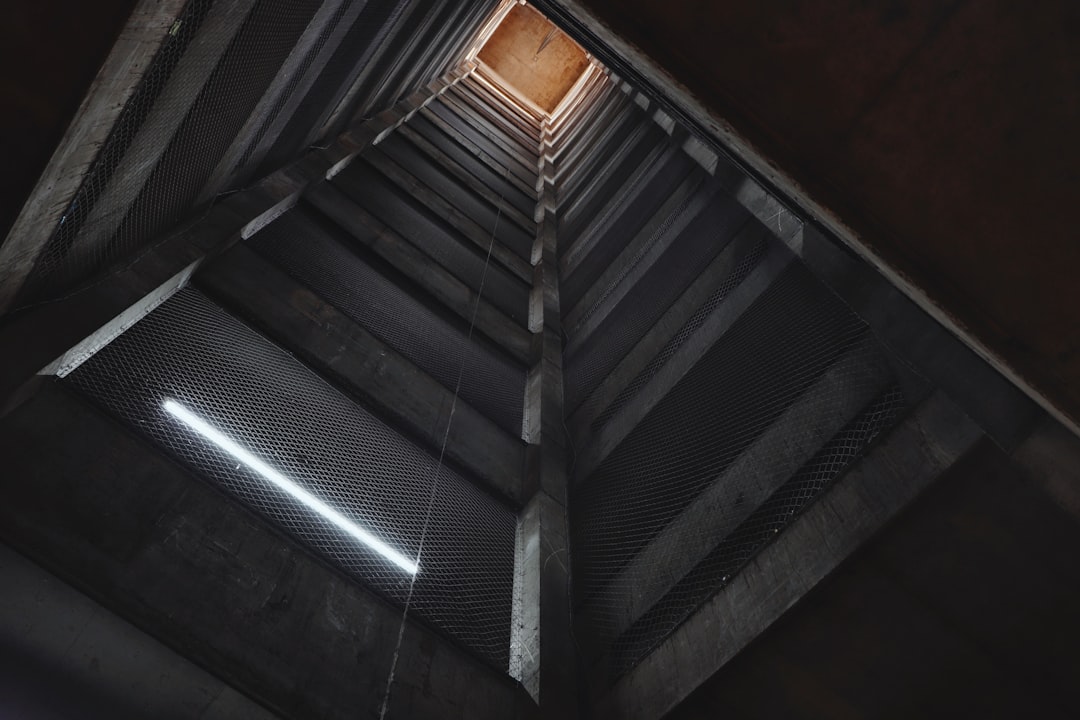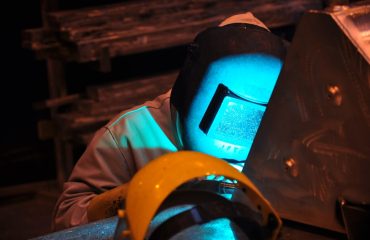In today’s increasingly noisy world, the need for quiet spaces is paramount. Whether you’re a musician needing a dedicated practice room, a professional requiring a confidential workspace, or simply someone seeking a sanctuary from urban clamor, sound-insulated steel rooms offer an unparalleled solution. This comprehensive guide explores the intricacies of these specialized structures, delving into their applications, construction, benefits, considerations, and costs.
The Diverse Applications of Sound-Insulated Steel Rooms
Sound-insulated steel rooms cater to a wide array of needs. Their robust construction and superior sound-dampening properties make them ideal for various applications:
- Music studios and rehearsal spaces: Steel rooms provide excellent sound isolation, preventing sound leakage and ensuring a controlled acoustic environment for recording and practice.
- Home theaters: Immerse yourself in cinematic sound without disturbing neighbors or family members. Steel room construction minimizes sound transmission, creating a truly private viewing experience.
- Voiceover and podcasting studios: The quiet environment offered by steel rooms enhances audio clarity, eliminating background noise and ensuring professional-quality recordings.
- Industrial settings: In factories and workshops, steel rooms can house noisy machinery, protecting workers from harmful noise levels and improving overall workplace safety and productivity.
- Confidential offices and meeting rooms: Steel rooms offer superior privacy, ensuring sensitive conversations remain confidential. This is particularly valuable in industries dealing with confidential information.
- Audiometric testing rooms: The exceptional sound insulation of steel rooms is crucial for accurate hearing tests, minimizing external noise interference.
Construction Techniques for Optimal Sound Insulation
Creating a truly sound-insulated steel room requires meticulous attention to detail. The construction process typically involves:
- Steel frame construction: A robust steel frame provides a rigid and stable structure, minimizing vibrations that can transmit sound.
- Sound-dampening materials: Layers of sound-absorbing materials, such as mineral wool, fiberglass, or specialized acoustic panels, are strategically placed within the walls, ceiling, and floor to dissipate sound energy.
- Double-wall construction: Using a double-wall system with an air gap between the layers significantly increases sound insulation effectiveness.
- Sealed joints and seams: Meticulous sealing of all joints and seams prevents sound leakage, ensuring optimal sound isolation.
- Specialized doors and windows: Sound-rated doors and windows with robust seals are essential to maintain the integrity of the sound insulation.
- Vibration isolation: In some cases, vibration isolation measures, such as resilient channels or decoupling systems, may be incorporated to further minimize sound transmission from external sources.
Benefits of Choosing a Sound-Insulated Steel Room
Investing in a sound-insulated steel room offers numerous advantages:
- Superior sound insulation: Steel rooms provide significantly better sound isolation compared to traditional construction methods.
- Durability and longevity: Steel construction ensures a long-lasting and robust structure that can withstand the test of time.
- Improved productivity and focus: A quiet and controlled environment enhances concentration and productivity.
- Enhanced privacy and confidentiality: Steel rooms provide a secure and private space for sensitive work or conversations.
- Fire resistance: Steel is a naturally fire-resistant material, adding an extra layer of safety.
- Customization options: Steel rooms can be customized to meet specific needs and preferences regarding size, layout, and acoustic treatment.
Factors to Consider Before Building a Sound-Insulated Steel Room
Before embarking on the project, careful consideration of several factors is crucial:
- Budget: Steel room construction can be a significant investment. A detailed cost breakdown, including materials, labor, and permits, is essential.
- Space requirements: Ensure sufficient space is available for the room’s construction and installation.
- Acoustic requirements: Specify your desired sound insulation levels and choose appropriate materials and construction techniques accordingly.
- Building codes and regulations: Comply with all relevant building codes and regulations related to construction and safety.
- Professional expertise: Engage experienced professionals specializing in sound insulation and steel construction to ensure a high-quality outcome.
Cost Considerations for Sound-Insulated Steel Rooms
The cost of a sound-insulated steel room varies significantly depending on factors such as size, desired sound insulation levels, materials used, and complexity of the design. While a basic room might cost a few thousand dollars, more sophisticated projects with advanced acoustic treatment and custom features can easily reach tens of thousands of dollars. Obtaining multiple quotes from reputable contractors is crucial to get an accurate estimate and compare pricing.
Remember to factor in additional costs like site preparation, permits, and professional installation. While the initial investment may seem significant, the long-term benefits in terms of productivity, privacy, and peace of mind often outweigh the cost.
Building a sound-insulated steel room is a significant undertaking, but the rewards are substantial. By carefully considering the factors discussed above and working with experienced professionals, you can create a quiet haven tailored to your specific needs.
Tags: soundproof steel room, steel room acoustics, sound insulation steel, noise reduction steel room, quiet room construction




